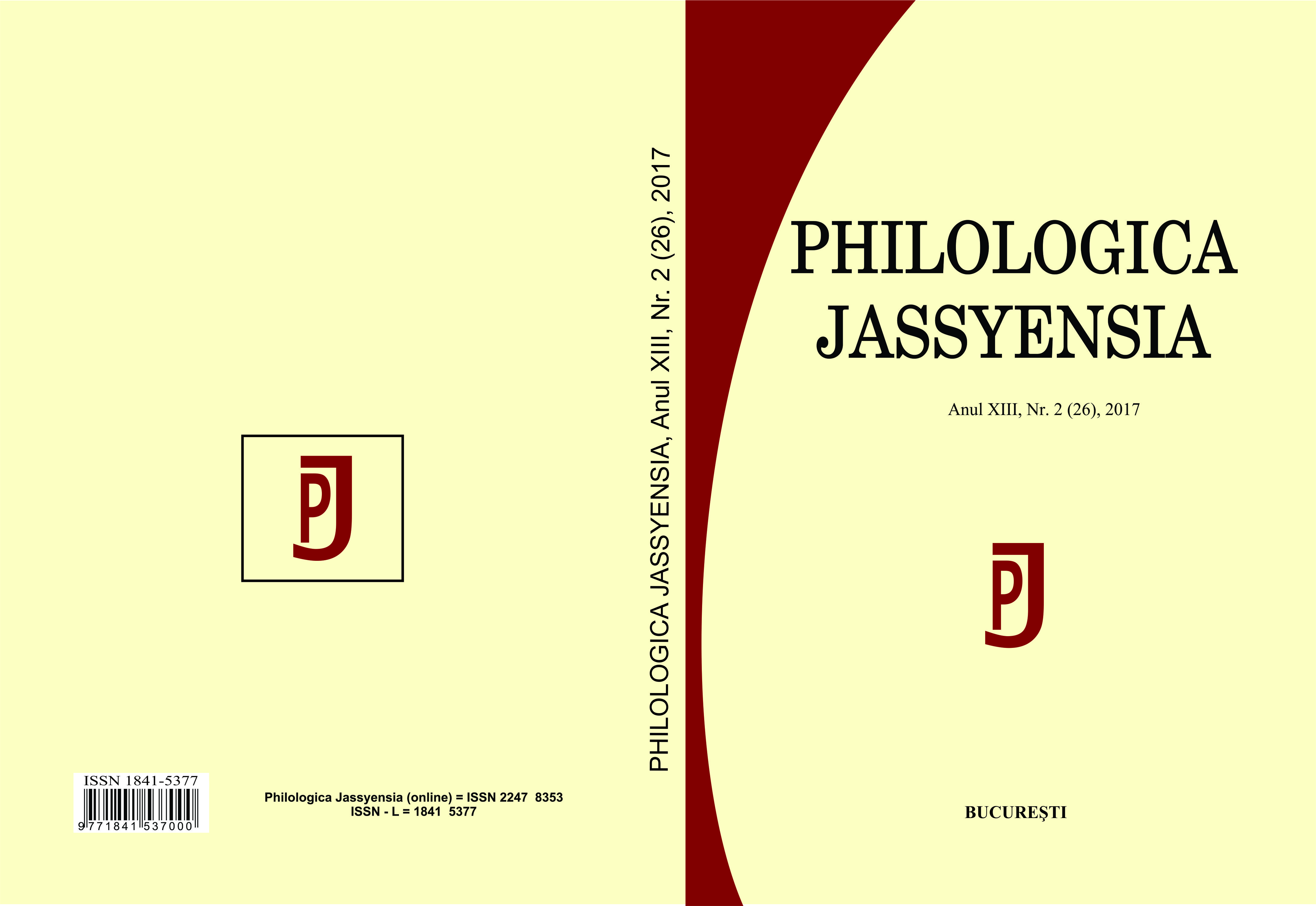Particularități ale organizării sintactico-semantice a enunțului în Codul Penal al lui Alexandru Ioan Cuza: coordonarea implicită
Particularities of the Syntactic-Semantic Organization of the Sentence in the Criminal Code of Alexandru Ioan Cuza: the Implicit Coordination
Author(s): Felicia VrânceanuSubject(s): Language and Literature Studies
Published by: Editura Tracus Arte
Keywords: coordination; syntactic relation; syntactic units; sentence; implicit coordination
Summary/Abstract: The multitude of the structures formed on the basis of the coordination assumes a complex approach of this phenomenon whose analysis, not only from a synchronous perspective, but also from a diachronic perspective, can propose a series of solutions for controversial and still unresolved problems in the syntax of the Romanian language. To understand the specificity of coordination, we start from the definition that this type of report is a relationship established between syntactic units that transmit information of the same importance and belong to the same communication plan (either the communication plan or the comment plan). In Romanian, we identify two principles that generate structures with a coordinating relationship: the principle of development (the establishment of the coordination report requires the development of an already existing minimum sentence, by generating the syntactic functions), and the principle of arrangement (the establishment of the coordination ratio assumes the ordering of the elements of an already existing maximal sentence, created by establishing syntactic relations generating syntactic functions). The implicit coordination is, in these conditions, a structural substituting, which is achieved only within the subclass of copulative structures. The explanation is the idea of implicit association of syntactic units that establish a syntactic relation with a structuring role in the formation of certain syntactic groups, which were developed on the basis of attributive or complementary subordination (in case of determinants subordinated to the same regent term). It is a sub-type of coordination whose specific features derive from a series of grammatical and / or semantic features of the contracting units. The implicit coordination is a way of integrating determinants (at proposition and / or sentence level) in the organization of the sentence, being specific to the descriptive and enumerating structures. In order to analyse and classify structures that allow the identification of implicit coordination, we have chosen a legal text, fundamental to Romanian law, but also of particular importance for establishing the juridical variant of the juridical-administrative style of the Romanian language. It is the Penal Code of 1865 (known as the “Cuza Code”), a text that is emphasized by a syntactic structure of eloquent complexity, in which simple statements alternate with the arborescence, in which the old and new elements combine harmonious not only at the lexical level but also at the grammar level, offering a rich material to those interested in the specificity of the process of formation and development of Romanian literary language. The analysed structures are nominal groups in which we identify a nominal regent, accompanied by two or more determinants, in a relationship of semantic-grammatical compatibility. These are, on the one hand, the determinants with a role of individualization (in the analysed case, the indefinite article and some pronominal adjectives), and on the other hand, they are interested in any syntactic unit that can establish a syntactic relation of attributive subordination (at the level of the sentence or at the level of the phrase) to the nominal nucleus.
Journal: Philologica Jassyensia
- Issue Year: XIII/2017
- Issue No: 2 (26)
- Page Range: 155-163
- Page Count: 9
- Language: Romanian

